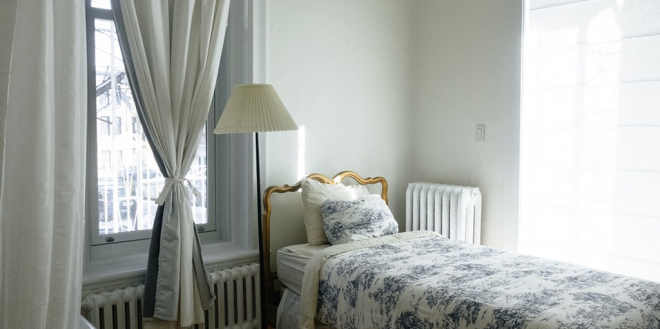

Retracing your steps and considering the road you’ve traveled is often a healthy practice. It reassures, it confirms, and it often helps you move forward. But what about ringing the doorbell on a house you used to live in? What emotions should you prepare yourself for?
Jerry Burger, PhD, is a professor of psychology at Santa Clara, CA and author of Returning Home: Reconnecting with Our Childhoods. “I was surprised to find that the people who moved around a lot as a child had just as emotional an experience when visiting one of their childhood homes as those who had lived in only one place during their childhood,” Burger states. “The frequent movers tended to see the home they visited as a representation of the collection of homes they had lived in.”
His research showed that about a third of all Americans over 30 have made a trip to a childhood home and another third have no desire to do so, but there is no correlation when it comes to the happiness quotient between the two. He found that there are three motivations behind the trip (1) to re-establish contact with one’s past, (2) doing so might help with a current problem they’re having, and (3) to address unfinished childhood business (the least common reason).
New York Times writer Ronda Kaysen talks about visiting her childhood home with her mom in her recent article When a Trip Down Memory Lane Hits a Shifted Wall. She walked into what was once the foyer of her mid-century modern home and noticed instantly it had been opened up. No walls separated the family and dining rooms. Her childhood bedroom, while small even in its day, was now a walk-in closet. The door to the deck had changed locations, and the new owner proudly showed off the remodeled master bath. “That was expensive Italian tile!” her mother said after they had left the house and she began going over all the changes with her daughter. Kaysen was surprised at how much shorter what she used to consider a long hallway once was. Nothing was the same.
For most of us doing the exercise, it’s not traumatic as long as things are basically in the same places we remember them. But if extensive remodels have been done, it can feel as if part of our past is now demolished. “Most people believe their childhood is an important part of who they are-– part of their identity–- and want to feel connected with this earlier time in their lives,” Dr. Burger says. “We all have childhood memories, but time is the enemy of memory, and people often come to a point where they recognize that the connection to their childhood is not as strong as they would like.”
If you are considering taking this voyage into your past, try to get emotionally ready for what you are about to see. Your hosts (the current occupants of the home) may be eager to show you changes they see as beneficial to their own lifestyle or have updated what once may not have functioned well within the floor plan. While they may sympathize with your desire to revisit your past, someday they may move on and do the same, revisiting this very home as part of theirs. And life does indeed go on.
Source: NewYorkTimes, BTRToday, TBWS
